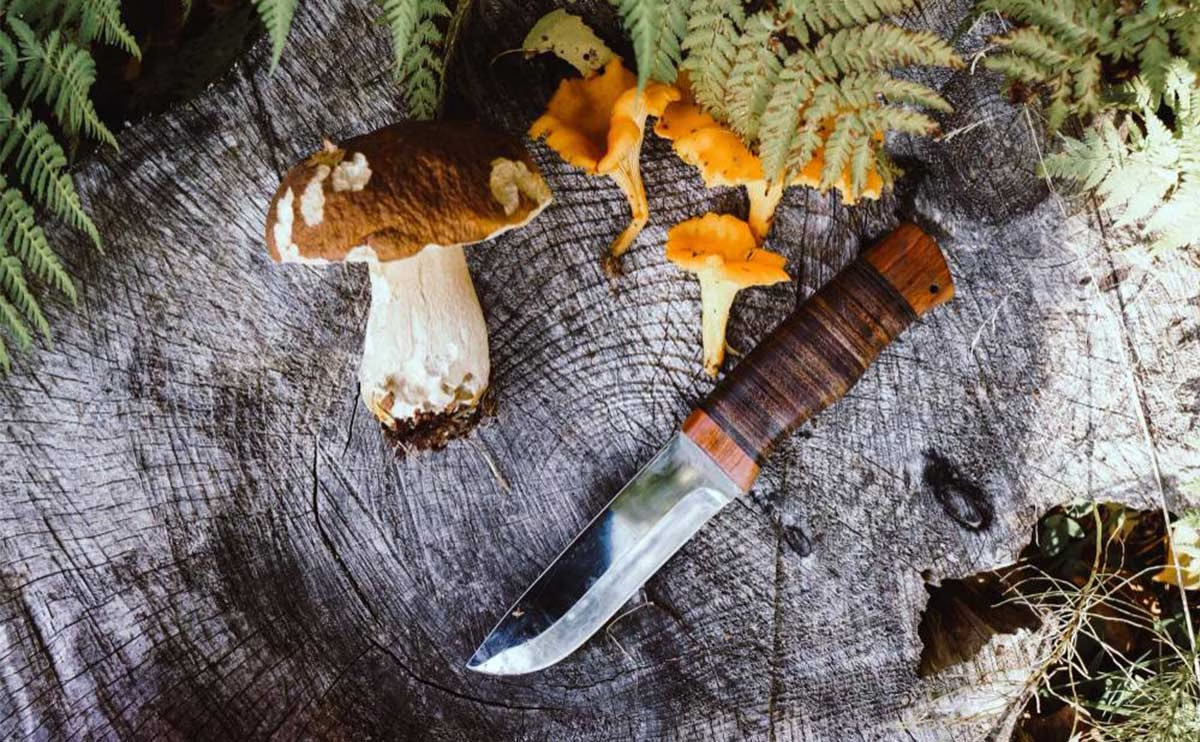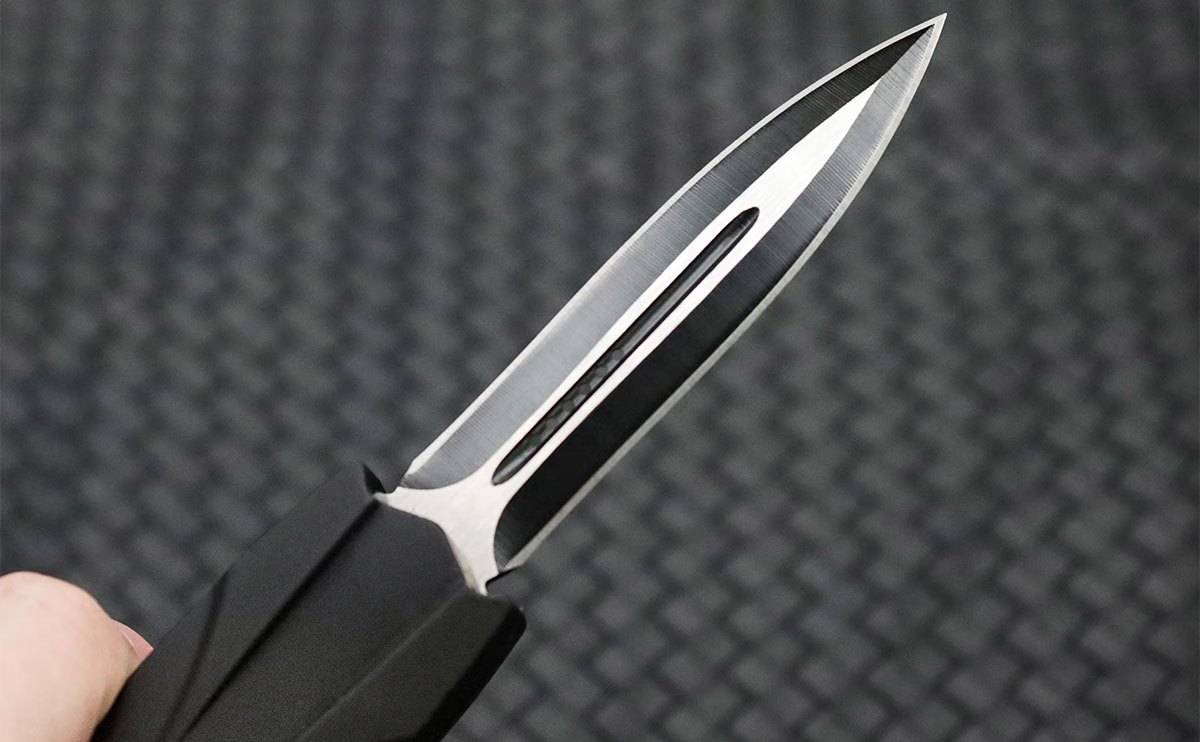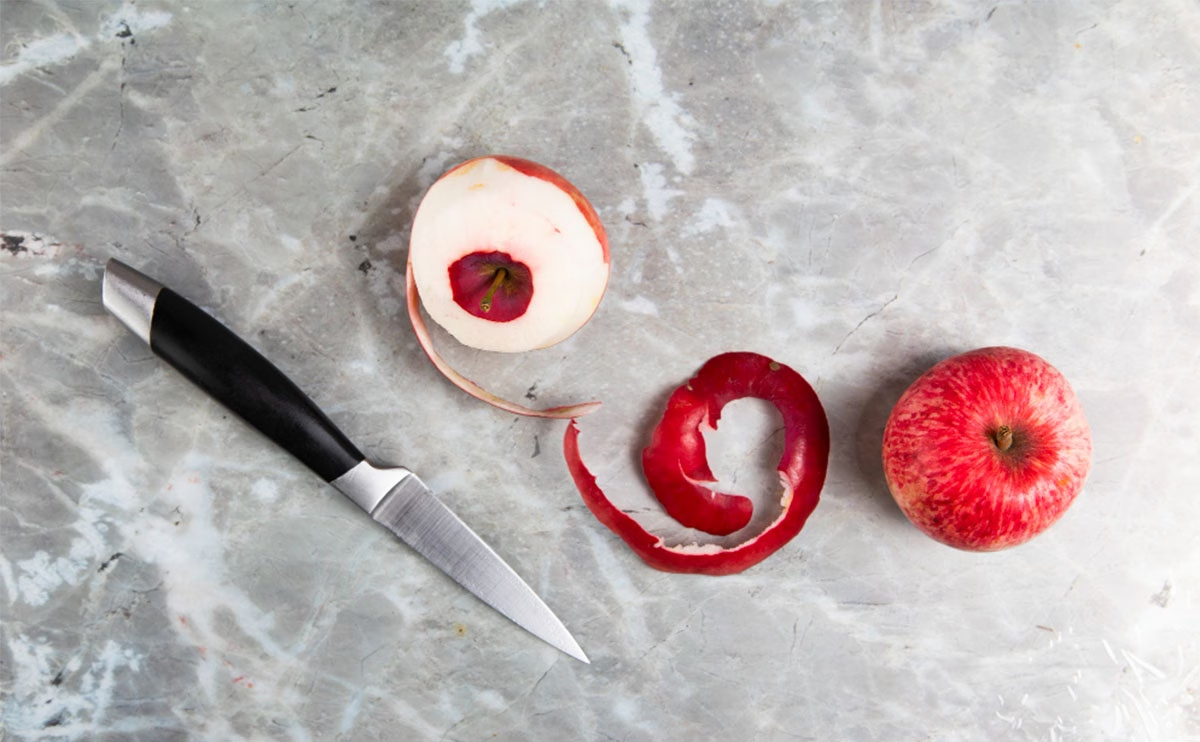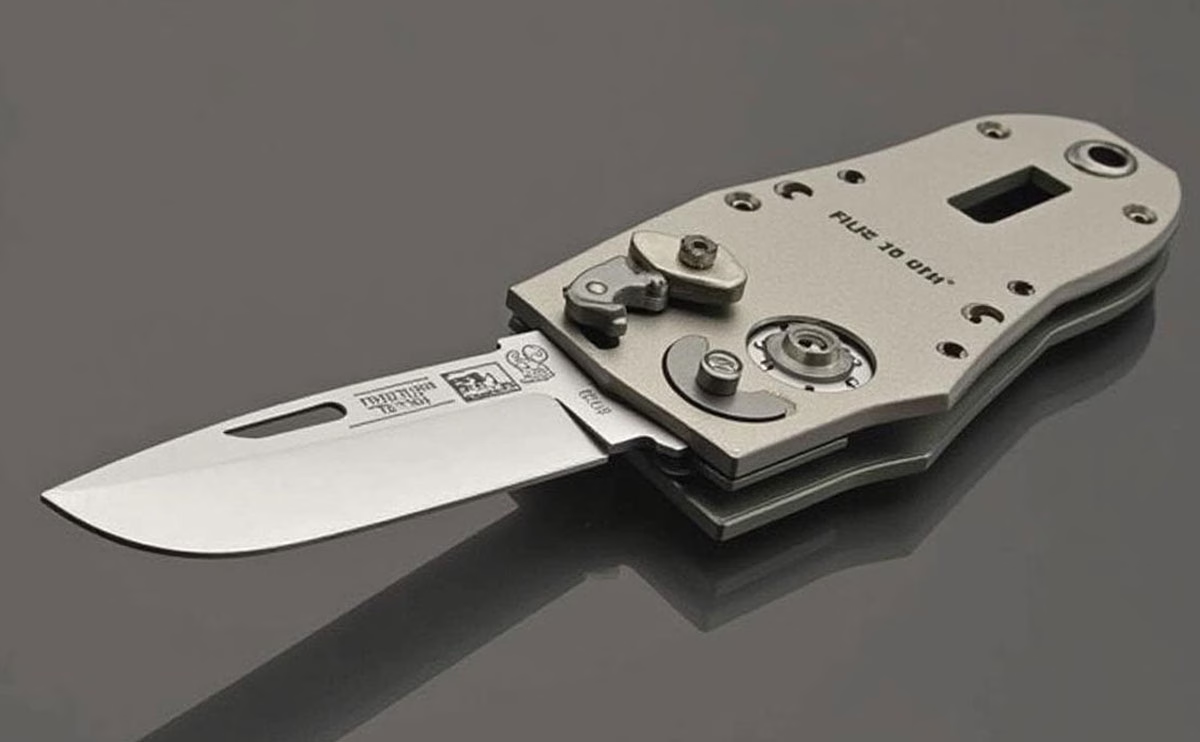Blog
What is an EDC Knife?
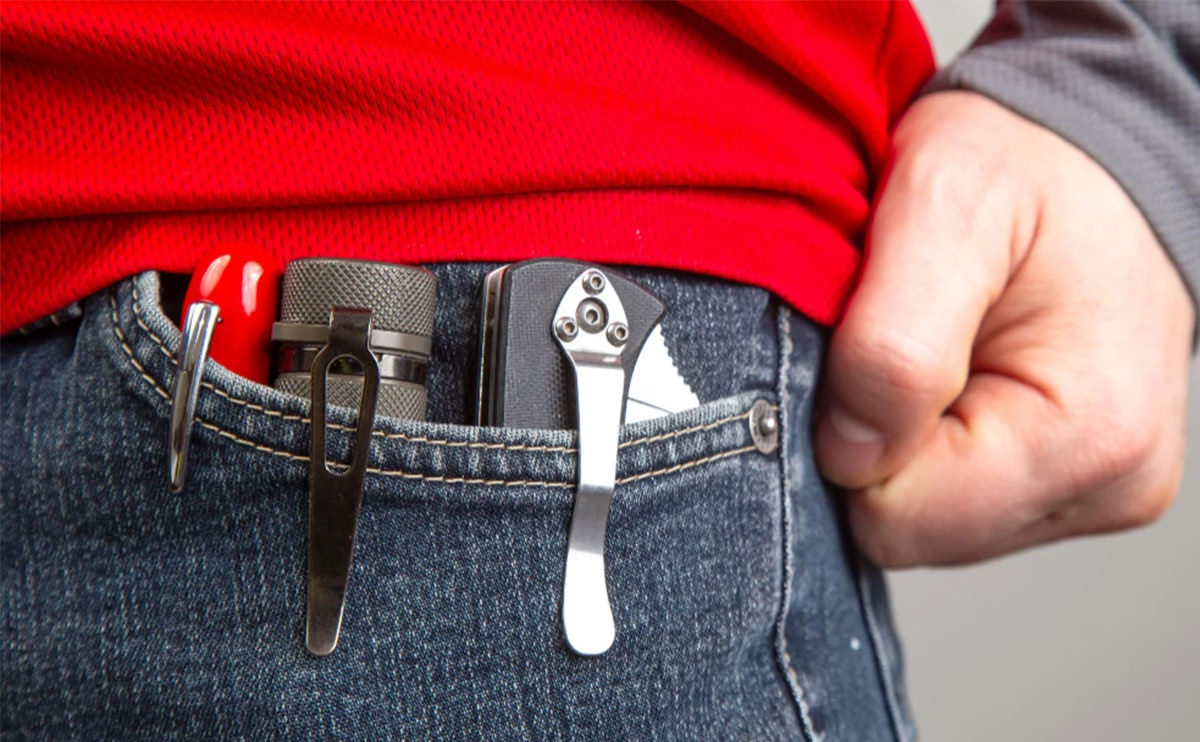
In the world of everyday carry (EDC), the EDC knife stands out as one of the most versatile and essential tools. Whether you’re opening packages, preparing food, or handling unexpected tasks, an EDC knife is designed to be your reliable companion. But what exactly is an EDC knife, and why has it become a staple in many people’s daily gear?
Table of Contents
Understanding EDC: Everyday Carry Essentials
EDC refers to the items you consistently carry with you to handle daily tasks and unexpected situations. These items are typically lightweight, compact, and practical, ensuring you’re prepared for a variety of scenarios. Common EDC items include:
- Wallet
- Phone
- Keys
- Flashlight
- Pen
- Multi-tool
- Knife
Among these, the EDC knife is particularly valued for its utility and versatility.
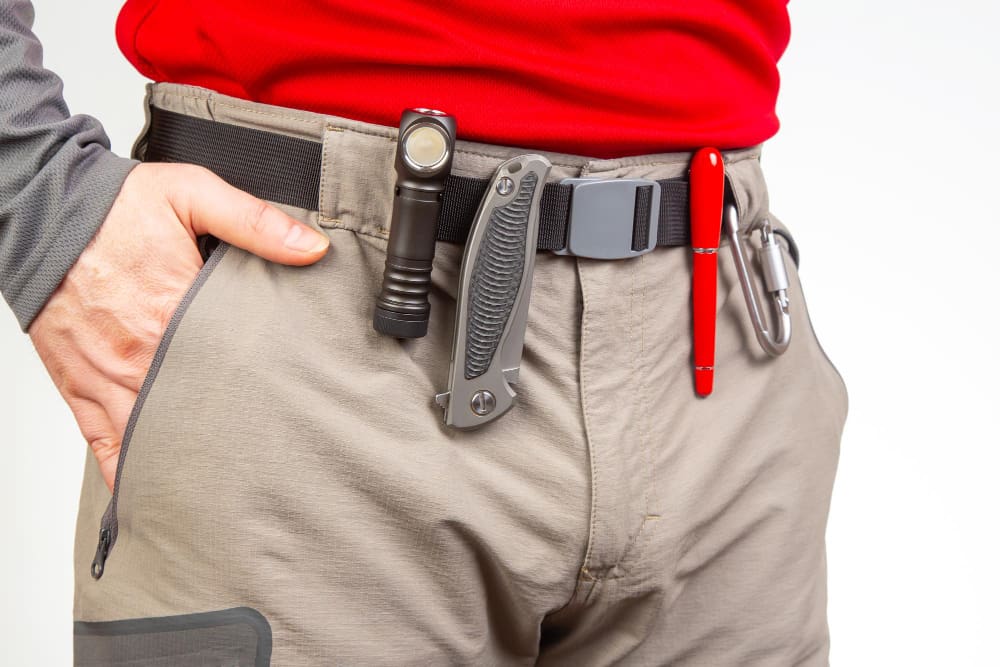
What Is an EDC Knife?
An EDC knife is a compact, foldable (or sometimes fixed) knife designed for daily use. Unlike large tactical or hunting knives, EDC knives are tailored for everyday tasks such as:
- Opening packages
- Cutting rope or cord
- Food preparation
- Whittling or crafting
- Self-defense in emergencies
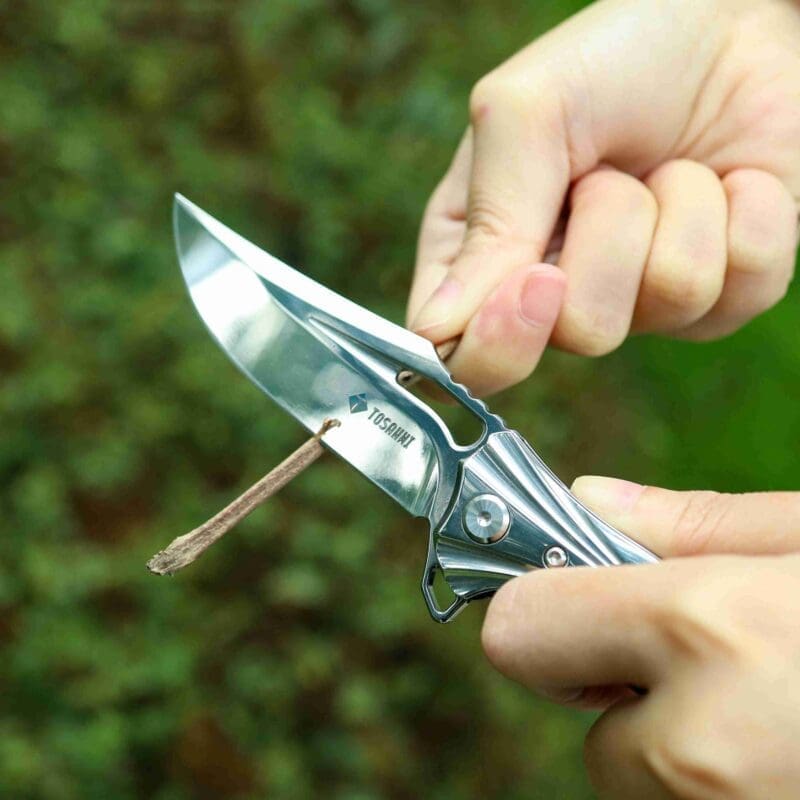
These knives are engineered to be lightweight, durable, and easy to carry, often featuring ergonomic handles and sharp blades for efficient use .
Key Features of an EDC Knife
An EDC knife is designed to be a compact, reliable, and practical tool you can carry daily for various tasks. The key features that make an EDC knife suitable for everyday use include the blade material, size, shape, and ergonomic design. These factors combine to ensure the knife is functional, comfortable, and safe.
Blade Material
The blade material is one of the most important aspects of any EDC knife because it directly affects its durability, sharpness, and resistance to corrosion. EDC knives are typically made from a few high-quality materials:
- Stainless Steel: This is the most common blade material for EDC knives due to its resistance to rust and corrosion. It’s durable, easy to sharpen, and holds an edge well. Popular types of stainless steel used in EDC knives include 420HC, AUS-8, and S30V.
- Carbon Steel: Carbon steel blades are easier to sharpen and hold an edge longer but more prone to rusting. Knife enthusiasts often prefer them for their performance and edge retention.
- Damascus Steel: Known for its aesthetic patterns and superior sharpness, Damascus steel is often used in high-end EDC knives. It’s highly durable but can require extra care to prevent rust.
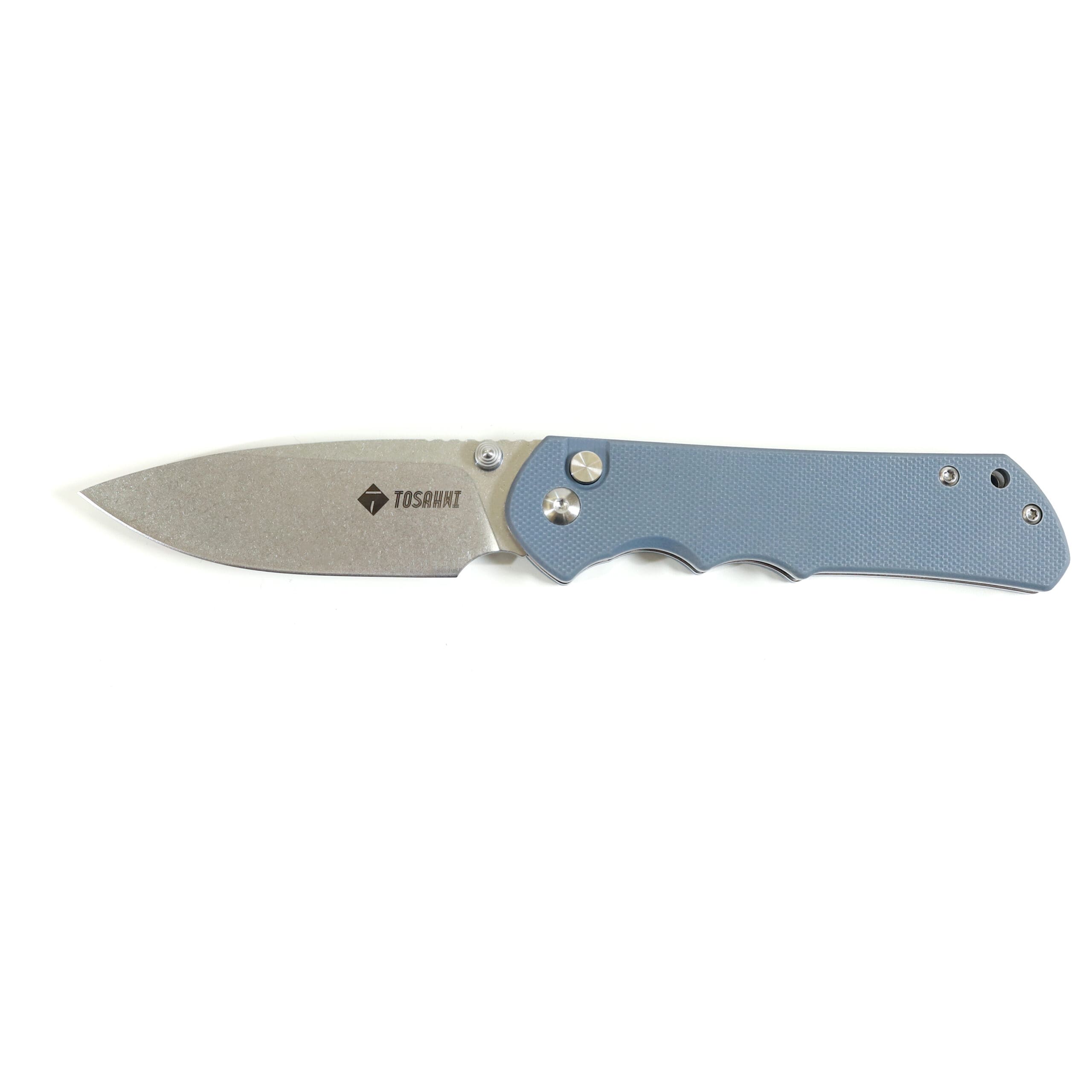
Blade Size
The size of the blade is critical for an EDC knife, as it needs to be compact enough to carry comfortably but still functional enough to handle daily tasks. Most EDC knives have blades ranging from 2.5 to 3.5 inches in length. This size strikes a balance between portability and usability.
- Too short: A blade that’s too short may limit your ability to perform more robust tasks like cutting through thick materials.
- Too long: A too long blade can be bulky and difficult to carry, which may raise legal concerns depending on local knife laws.
The ideal EDC knife blade is long enough to handle typical cutting tasks but short enough to remain discreet and practical for everyday use.
Blade Shape
The shape of the blade is another vital feature that determines how versatile and functional the EDC knife will be. Common blade shapes used in EDC knives include:
- Drop Point: The most popular shape for EDC knives. The curve of the blade’s spine drops down to a point, making it excellent for slicing and piercing. Its versatility makes it perfect for everyday tasks.
- Tanto: This blade has a flat grind and a pointed tip, making it ideal for piercing tough materials. It’s often chosen for tactical or defensive purposes but can be quite effective in everyday situations that require precision.
- Clip Point: Similar to the drop point, but with a concave curve along the top of the blade, giving it a sharper, more acute point. This is a great option for tasks that require accuracy and control.
- Sheepsfoot: This blade shape has a straight edge with a rounded tip, which is great for tasks that require precision, like cutting rope or slicing through small materials.
The right blade shape will depend on the knife’s primary use. A drop point is usually the best all-around option for an EDC knife because it’s effective for many tasks.
Ergonomic Design
Since an EDC knife is meant for regular use, it must feel comfortable in your hand. An ergonomic handle ensures the knife is easy to grip and reduces hand fatigue during prolonged use. Key elements of ergonomic design include:
- Handle Material: Popular materials for EDC knife handles include G10, carbon fiber, and aluminum. These materials are lightweight, durable, and provide a firm grip, even in wet or slippery conditions.
- Grip and Contour: The handle should have contours that fit comfortably in your hand and allow for a firm, non-slip grip. Textured surfaces, like scales, grooves, or patterns, help improve the grip, ensuring the knife won’t slip during use.
- Handle Length and Width: The handle should be long enough to accommodate various hand sizes comfortably. A longer handle provides better control, while a shorter one keeps the knife compact and easy to carry.
- Weight: The knife’s weight should strike a balance between being heavy enough to feel solid and sturdy yet light enough to carry all day without causing discomfort.
- A well-designed ergonomic handle helps reduce the likelihood of accidents and ensures that the knife is always ready for use without causing strain or discomfort.
Locking Mechanism (Folding EDC Knives)
The locking mechanism is essential for safety if you carry a folding EDC knife. It ensures the blade stays securely in place when open, preventing accidental closure. Common types of locking mechanisms include:
- Liner Lock: One of the most popular and reliable locking mechanisms, where a spring-loaded liner inside the handle locks the blade.
- Frame Lock: Similar to the liner lock, the handle frame secures the blade.
- Back Lock: A traditional locking mechanism where a spring-loaded bar holds the blade in place, usually activated by pressing a button or lever on the back of the knife.
- Axis Lock: A mechanism that uses a spring and pins to secure the blade, providing smooth operation and security.
A reliable locking mechanism ensures the blade stays safely open during use and can be closed securely when done.
Best Blade Types for EDC Knives
The type of blade you choose can affect how well your knife performs in different tasks. Popular blade types include:
- Drop Point: Known for its versatile shape, it’s great for slicing and general use.
- Tanto: The tanto blade pierces hard materials with its angular tip.
- Spear Point: Ideal for precision tasks, spear point blades are symmetrical and balanced.
- Clip Point: This design features a curved blade that’s perfect for delicate cutting.
Choosing the right blade depends on your daily needs. If you need precision and fine cuts, a clip point might be ideal, while a drop point might work better for everyday slicing tasks.
Why Carry an EDC Knife?
Practical Uses of EDC Knives
EDC knives serve a wide variety of practical purposes in daily life. Some of the most common uses include:
- Opening Packages: EDC knives are perfect for cutting open boxes, envelopes, and packages quickly and efficiently.
- Food Preparation: If you’re out camping or need to cut some fruit or snacks, an EDC knife is great for food prep.
- DIY Projects: Whether you need to cut rope, trim excess material, or slice through tape, an EDC knife can be your go-to tool for small home improvement projects.
- Self-defense: While not the primary purpose, an EDC knife can also be a tool for self-defense in emergencies.
Benefits of Carrying an EDC Knife
Carrying an EDC knife offers numerous benefits, including:
- Preparedness: Always being ready for unexpected situations, like needing to cut through something quickly.
- Convenience: Having a versatile tool within arm’s reach always makes it easy to solve small problems on the go.
- Reliability: A quality EDC knife can last years, making it a valuable and trustworthy tool.
Choosing the Right EDC Knife
Factors to Consider Before Buying
Selecting the right EDC knife depends on various factors, such as:
- Size: The blade should be compact and portable but large enough to handle most tasks. Consider a blade length of around 3 inches.
- Weight: EDC knives should be lightweight to not weigh you down throughout the day.
- Material: Look for high-quality stainless or carbon steel for a durable, rust-resistant blade.
- Grip: A comfortable and secure grip is essential for safe and effective use.Legal Considerations for EDC Knives
Laws on Carrying Knives in Different Regions
Before carrying an EDC knife, it is essential to check local knife laws. In some regions, carrying a knife with a blade over a certain length may be restricted. Always ensure that your EDC knife complies with the laws of your area to avoid legal trouble.
How to Maintain Your EDC Knife
Sharpening and Cleaning Tips
Regular maintenance is essential to keep your EDC knife in top condition. Here’s how you can maintain it:
- Sharpening: Use a sharpening stone or a honing rod to keep the blade sharp.
- Cleaning: Wipe the blade after each use to remove dirt and debris. Occasionally, You can oil the pivot points to ensure smooth folding and unfolding.
- Storage: Store your knife in a dry, cool place to avoid rust and corrosion.
When to Replace Your EDC Knife
Your EDC knife may need replacement if the blade has become too dull to sharpen effectively, the handle is damaged, or the locking mechanism has failed. Regularly inspect your knife to ensure it remains reliable.
The Evolution of EDC Knives
History of the EDC Knife
The concept of the EDC knife dates back to ancient times, when knives were used for survival and everyday tasks. Over the centuries, the design has evolved from basic stone blades to the high-tech, precision-crafted knives we use today. Modern EDC knives are designed to be lightweight, durable, and incredibly sharp, meeting the demands of today’s fast-paced world.
EDC Knives in Pop Culture
Representation in Movies and TV Shows
EDC knives often make appearances in movies, TV shows, and video games, where they are portrayed as tools for survival or self-defense. They’re frequently used by action heroes or in thrilling scenes, adding to their allure and increasing their cultural significance.
Frequently Asked Questions (FAQs)
1. What is an EDC Knife used for?
An EDC knife is used for a variety of everyday tasks such as cutting packaging, slicing rope, preparing food, and even self-defense.
2. Can EDC Knives be Used for Self-Defense?
Yes, while not their primary purpose, an EDC knife can serve as a tool for self-defense in emergencies.
3. How do I Choose the Best EDC Knife for My Needs?
Consider your specific tasks, such as size, weight, material, and blade shape. For example, a clip-point blade might be ideal if you need a knife for precise cutting.
4. Are EDC Knives Legal to Carry?
Knife laws vary by location, so it’s important to check the regulations in your area before carrying an EDC knife.
5. How Do I Care for My EDC Knife?
To care for your EDC knife, regularly sharpen the blade, clean it after use, and ensure it’s oiled to prevent rust.
Conclusion
In conclusion, an EDC knife is a highly practical and versatile tool that can make everyday tasks easier and more efficient. Whether you’re looking for a knife for opening packages, DIY projects, or self-defense, the EDC knife has you covered. There’s a perfect EDC knife for everyone with various types and features available. Carrying one ensures you’re always prepared for whatever life throws at you.

